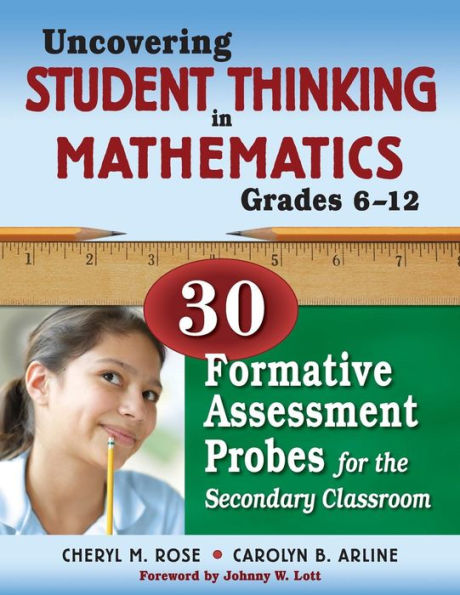5
1
9781412963770



Uncovering Student Thinking in Mathematics, Grades 6-12: 30 Formative Assessment Probes for the Secondary Classroom / Edition 1 available in Hardcover, Paperback, eBook

Uncovering Student Thinking in Mathematics, Grades 6-12: 30 Formative Assessment Probes for the Secondary Classroom / Edition 1
- ISBN-10:
- 141296377X
- ISBN-13:
- 9781412963770
- Pub. Date:
- 06/27/2008
- Publisher:
- SAGE Publications
- ISBN-10:
- 141296377X
- ISBN-13:
- 9781412963770
- Pub. Date:
- 06/27/2008
- Publisher:
- SAGE Publications

Uncovering Student Thinking in Mathematics, Grades 6-12: 30 Formative Assessment Probes for the Secondary Classroom / Edition 1
$43.95
43.95
In Stock

Product Details
| ISBN-13: | 9781412963770 |
|---|---|
| Publisher: | SAGE Publications |
| Publication date: | 06/27/2008 |
| Edition description: | Grades 6-12 |
| Pages: | 248 |
| Sales rank: | 316,622 |
| Product dimensions: | 8.40(w) x 10.90(h) x 0.60(d) |
| Age Range: | 3 Months |
About the Author
From the B&N Reads Blog



